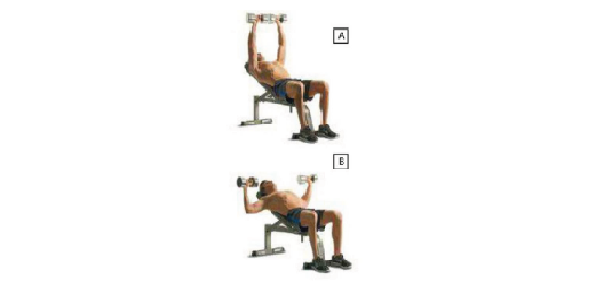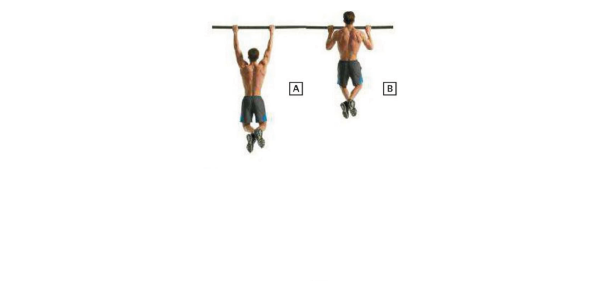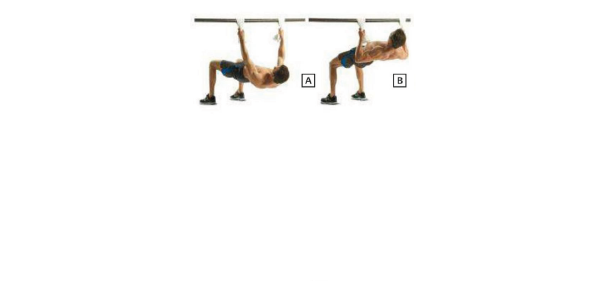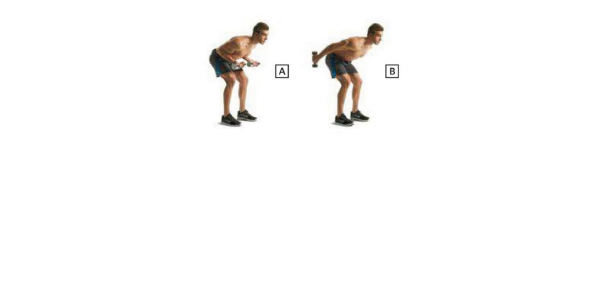Deciding to make a change to your body and life is an important first step toward achieving greater fitness, strength, and self esteem levels. However, this decision represents the tip of the iceberg when it comes to the choices you'll have to make along your road to a better, healthier physique. We've already had some discussions about various diet strategies, and we'll likely return to that topic later. Starting with this article and for several succeeding installments, we're going to look at the various approaches to weight training and what they have to offer the experienced bodybuilder, the fitness enthusiast, or the rank beginner.
Weight Training = Muscle Building
Before we jump into the fray and look at the various systems of weight training, we need to get a grasp of the basic concepts that nearly all training protocols have in common. First and foremost is the fact that all weight training should be looked at as a musclebuilding activity. I know, I know ... I can already hear the protests from many women, athletes in traditional sports, and anyone else who is, in one way or another, somewhat hypertrophy-phobic: "I just want to tone up", "I don't want to get musclebound", "Big muscles are disgusting", etc., etc., etc.Look, "toning up" is nothing more than losing fat and/or building muscle. Either way, we're talking about increasing the lean body mass index, or becoming more muscular. Similarly, added muscle weight, assuming it's naturally attained, is functional and will enhance, not hinder, athletic performance. Finally, the likelihood that any particular person will become "musclebound" from serious weight training and nutritious eating alone is very small. The muscular behemoths of the world are typically genetically predisposed to building large amounts of muscle (high normal testosterone levels; long, dense muscle bellies; small but strong joints), eat and train to the extreme, and sometimes even turn to drugs to enhance their muscularity. In general, though, building extreme muscle mass is incredibly difficult and doesn't happen by accident.
The Basics
So what are the basic principles which govern muscle growth through weight training? In brief, the factors that contribute to the productivity of a workout system are intensity, duration, frequency, and progression. Briefly, intensity is the difficulty of the exercise you perform.Most exercise protocols have their own definition of intensity, but regardless of the context, if your efforts in the gym are half-assed, so will be your results. Duration is simply the length of time you are in the gym per workout, and frequency is how often your workouts are performed. As we will see later on, a corollary to these basic ideas is recovery, which happens outside of the gym.




















0 comments:
Post a Comment